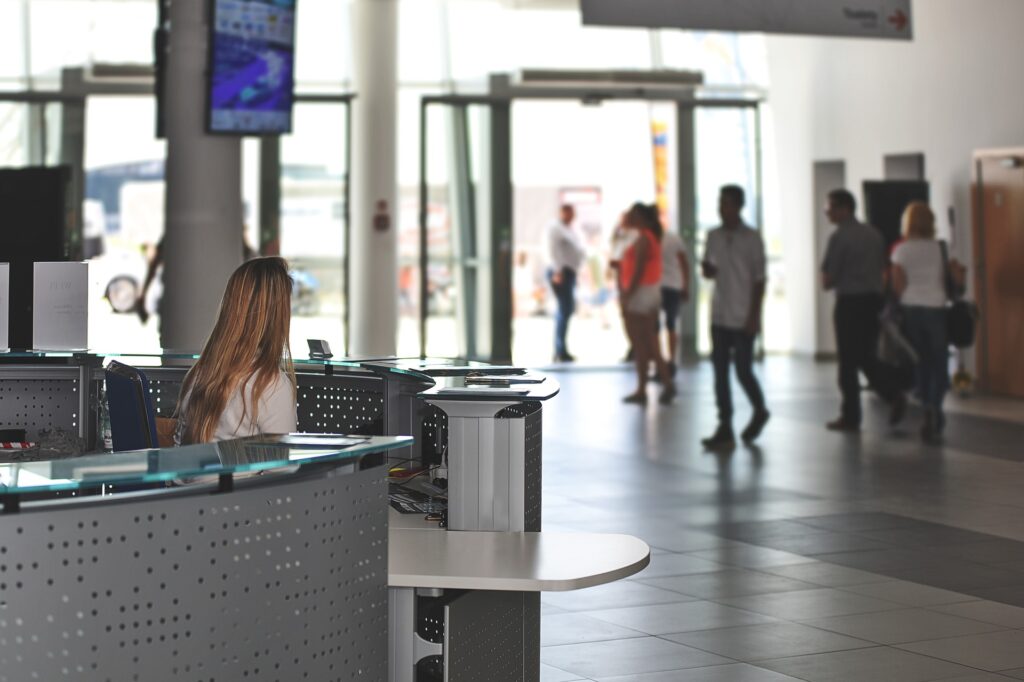Read about some changes introduced to the Australian education system

Read about some changes introduced to the Australian education system
Last week the Federal Government introduced new measures to the Australian education system. These new measures are aimed at protecting international students and the integrity of the system itself and involve government agencies, educational institutions, regulatory bodies, and international students.
Here are some specific actions taken by Australia to combat rorts in international education:
- The Government has closed a loophole that allowed education providers to shift international students from university courses to private colleges, so they could work instead of study.
Under these changes, and for the moment, international students will no longer be allowed to move from a University to a vocational course until six months into their study.
- The Federal Government is taking strong measures against this type of malicious behaviour, in order to avoid fraudulent procedures and against education providers that the government itself has called “predators”, that attack both students and the education system which is so highly valued in the country.
For those reasons, additional scrutiny will be applied to high-risk education providers, with extra documentation required to prevent fraud in applications.
- The Government will also consider using its never-before-used powers under Section 97 of the Education Services for Overseas Students Act (ESOS Act) to issue suspension notices to high-risk providers, meaning that they would be unable to recruit international students into their courses.
- The Federal Government will also increase the amount of savings that international students will need in order to get a student visa, so students do not fall victim to exploitation as they need to chase urgent employment.
This requirement has not been indexed since 2019 and needs to increase to reflect the current high cost of living. From 1 October, international students will need to show evidence of $24,505 in savings, a 17% increase from the current figure.
By implementing these measures and maintaining a strong commitment to quality education and student welfare, Australia aims to create a safer and more transparent environment for international students, while reducing the risks of fraudulent practices that compromise the system.
Source:
https://ministers.education.gov.au/clare/action-end-rorts-international-education


